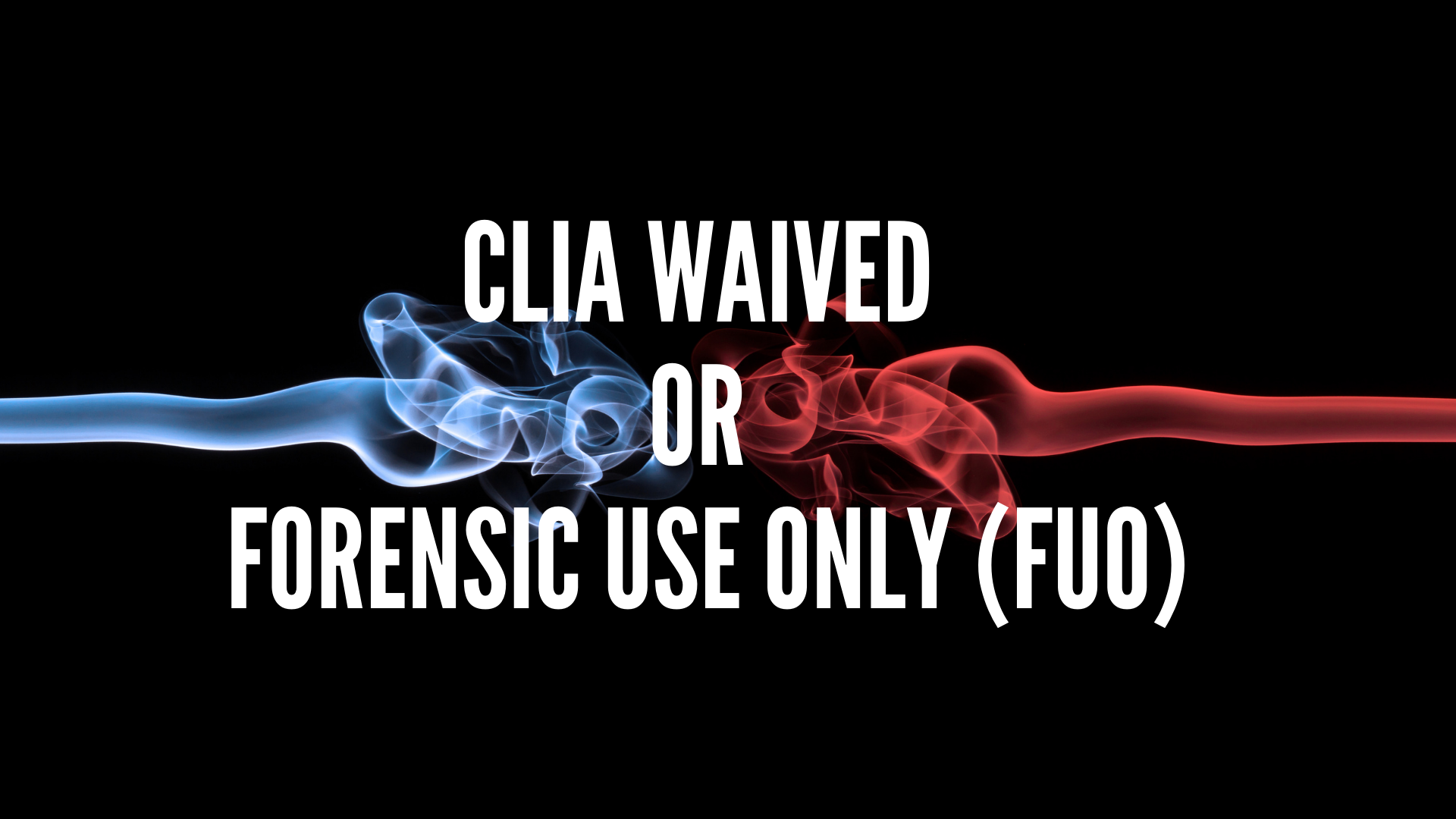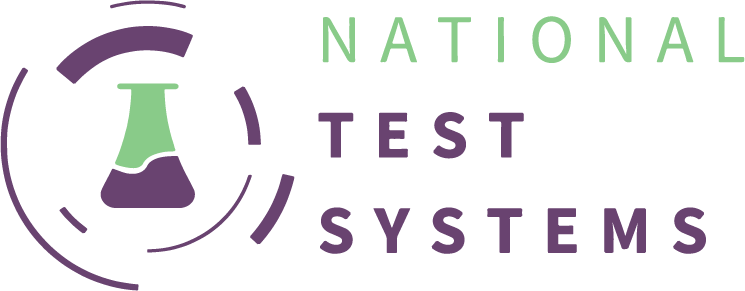
What You Need to Know…
Something you may have noticed while browsing our product catalogs and/or listings is that some of the tests have a designation of “CLIA Waived”, while others are designated as “FUO”. What do these two designations refer to, and how does it affect you? Let us look a little deeper and find out.
For the pure definitions, CLIA Waived refers to both “CLIA” – an acronym for Clinical Laboratory Improvement Amendments – and “Waived” – the complexity rating of the test in question. As for “FUO”, this is an acronym for Forensic Use Only. Of course, this still doesn’t really clarify anything, so let us continue.
With the goal of ensuring that “laboratory” testing of human specimens provide accurate, reliable, and timely patient test results, no matter where the test is performed, the Clinical Laboratory Improvement Amendments were passed in 1988. Almost all medical diagnostic device or service, under the purview of the FDA (Food & Drug Administration) and CMS (Centers for Medicare & Medicaid Services) and following the guidance of CLIA is rated based on the complexity of the test. In this context, complexity refers to the ease of an individual to collect the specimen, perform the test, and interpret the results with as little room for error as possible.
FDA clearance is the first step toward a test being CLIA Waived. Once a test is submitted to the FDA for clearance, they will assign the test a complexity rating. Often times tests will first be approved with a “high” or “medium” complexity rating, and manufacturers can address specific concerns and apply after-the-fact for a preferred complexity rating. In our “space” (instant drug testing), most commonly tests clear the FDA a “waived” complexity rating; mainly as we rarely see any great technological or methodology breakthroughs.
Why does this matter? As you may have noticed, my explanation included the term “medical”, and this is because the threshold for the CMS and FDA applying, would be if the testing is for medical purposes. Addiction medicine is an excellent example of this. As per CLIA regulations (short-form guidance can be found here and here), any facility that performs testing for medical purposes is considered to be a “laboratory”, and would be required to obtain a CLIA Certificate of Waiver, and further would be required to use only tests with a complexity rating of “waived”.
What about a test that has not yet been cleared by the FDA? Test devices and procedures that have not yet been cleared are given the designation of FUO (remember, Forensic Use Only). These tests should only be used by facilities who are testing for reasons that are not medical; criminal justice (drug courts, probation, etc.) is a perfect example of this as the testing is not being used to make diagnostic decisions, but typically only to determine compliance to a program’s requirements.
The good news is that, as it relates to instant drug testing, there is virtually no difference between a waived test and an FUO test, aside from some of the language contained in the instructions/ product insert. As an example, instructions on an FUO test may advise to “read the results in 5-10 minutes”, whereas the CLIA Waived version would say “read at 5 minutes”. Again, removing any room for error that misinterpreting the results might cause.
As always, please reach out to our team for any additional information or guidance.
